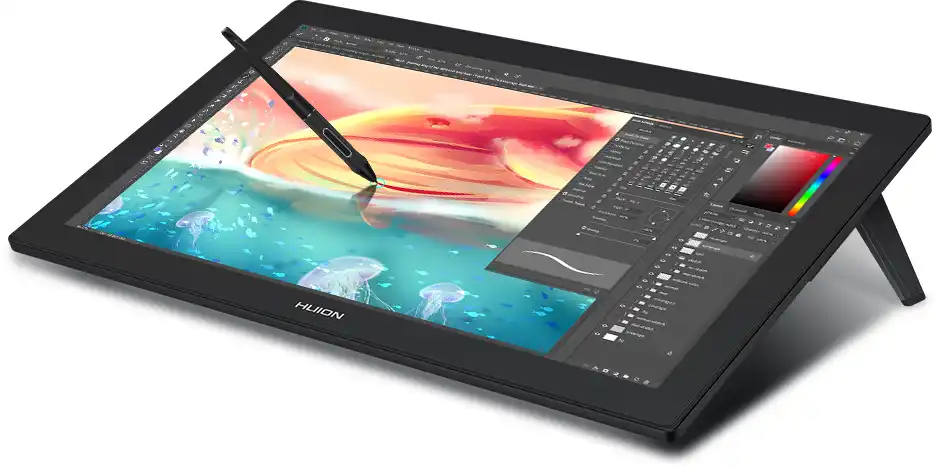Starting today, the European Union is rolling out new regulations that require all new smartphones and tablets sold within the EU to come with an energy efficiency label. This new rule is designed to empower consumers with better information and contribute to reducing CO₂ emissions. 
The energy efficiency label, often referred to as the ‘ENERGY sticker,’ will be included in the packaging of new devices, similar to those seen on other consumer electronics in the EU/EEA market.
The goal of this initiative is simple: make it easier for EU consumers to make informed purchasing decisions while encouraging more eco-friendly products. The label will be attached to a variety of products, including cordless phones, smartphones, feature phones (without internet), and tablets with screens ranging from 7 to 17.4 inches.
The energy efficiency rating is presented on a scale from A to G, with ‘A’ indicating the most efficient devices and ‘G’ the least efficient. Alongside this overall rating, the sticker will provide consumers with seven essential pieces of information:
- The overall energy efficiency class (A to G).
- Battery endurance per full charge (in hours and minutes).
- Reliability class for repeated free falls (A to E).
- Battery endurance in charge cycles.
- Repairability class (A to E).
- Ingress protection rating (e.g., water and dust resistance).
- Product registration in the European Product Registry for Energy Labelling (EPREL).
In addition to these labels, new devices sold in the EU will need to meet five key eco-design criteria:
- Durability: Devices must be resistant to drops and protected against dust and water.
- Battery longevity: Batteries must last at least 800 full charge cycles, retaining 80% of their original capacity.
- Repairability: Critical spare parts must be available within 5-10 working days and continue to be offered for up to seven years after the device is no longer sold in the EU.
- Software support: Devices must receive OS updates for at least five years from the end of sale.
- Repair access: Professional repairers must have access to necessary software and firmware.
Devices launched before June 20 are exempt from this regulation. Similarly, devices with rollable displays, high-security communication phones, and tablets with full-featured operating systems are not subject to these new rules.
Interestingly, the new battery endurance rating is based on a testing system developed by French automation company SmartViser, which is now used by device manufacturers to assess their products.
The implementation of this energy efficiency label is a significant step forward in protecting consumers and promoting eco-friendly technology, though it may cause some challenges for manufacturers.